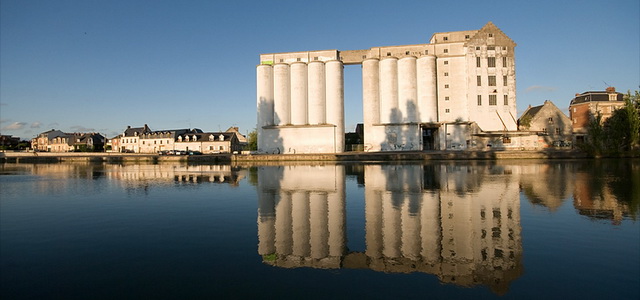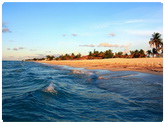| Quick Facts: | Aisne River |
|---|---|
| Countries: | France |
| Towns: | Vouziers Rethel Soissons Compiègne |
| Mouth: | Oise River |
| Length: | 290 km (180 mi) |
| Basin: | 4.700 mi² (12.100 Km²) |
Aisne River is a river in the northeastern part of France. In ancient times the river was known as Axona. It runs through the departments of Meuse, Marne, Ardennes, Aisne, and Oise.
The Aisne rises near Vaubecourt in the Meuse department. From Argonne Forest it flows northwest and then westwards for 265 km (165 miles).
Near its source it flows through the hills of Champagne, and after that it turns west where there is a long line of steep ridges on its north bank. Then, it joins the Oise River near Compiègne.
Aisne’s chief tributaries are the Aire and the Vesle. Also the Aisne River is connected with the Oise, Marne and Seine River by canals.
Aisne River in History
During World War I, after the Germans were defeated on the Marne River in 1914, they dug in on the plateau above the Aisne. This area, known as the Chemin des Dames, became the scene of prolonged battles until the Germans were finally driven out by the French and American troops in October 1918.
Economic Importance
Although Aisne River’s course is pretty small, the river passes through many towns in France. The most notable of these towns are: Vouziers, Rethel, Soissons and Compiègne.
The Aisne is very well connected to other rivers through a canal system, and it is navigable for most of its course, although only smaller ships can use it.





